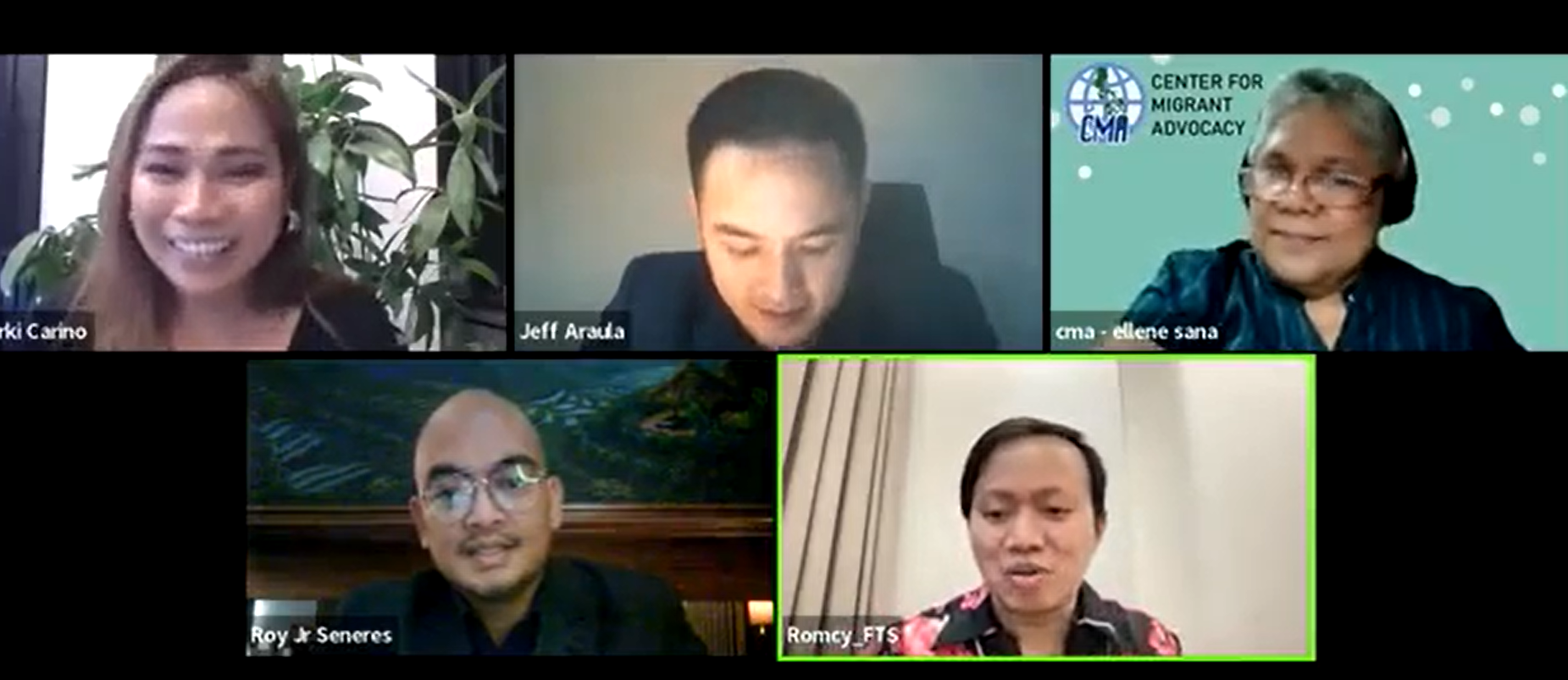The #bringbackourgirls hashtag has sparked widespread revulsion over the kidnapping of Nigerian girls who might be sold into bondage, including congressional resolutions condemning the group Boko Haram. While hashtag activism and expressions of outrage are important, they will not be enough to eradicate slavery. What’s needed is a concerted global campaign that’s equal to the scope of slavery’s worldwide reach.
Boko Haram leader Aububakar Shekau was right when he said in his haunting video that: “there is a market for selling humans.” Slavery has been outlawed but has not ended, a grim testament to the fact that trafficking attracts torrents of rhetoric but too little action. The number of people in slavery is estimated conservatively to be 21 million by the U.N. International Labor Organization and 30 million by the Walk Free Global Slavery Index. The vast majority of slaves are in Asia and sub-Saharan Africa. They generate $150 billion a year in profits for slaveholders.
More than half of slaves are women and girls. Forced marriage, which is what Boko Haram threatens for the Nigerian girls, is much more prevalent than is commonly understood. For example, research by our organization in the Democratic Republic of the Congo (DRC) has documented many variants of this travesty, including the kidnapping of children for marriage, forcing rape victims to marry their rapists, and selling daughters into marriage to pay off family debts.
Sex slavery, which represents about a fifth of all slavery, is only part of the story. Most slavery today is forced labor in industries where intensive manual labor is needed, including construction, garment and textile manufacturing, fishing, mining, agriculture, domestic work and restaurants. Child soldiers forced into service must also be counted among those enslaved. All too often, slave labor is embedded in products unwittingly purchased by Americans.
Typically, entire rural villages are susceptible to slavery. Most often, people are enslaved in or near the areas where they were born. For example, loan sharks will require forced labor in return for debts that can never be paid off because of exorbitant interest. Ruthless landlords will force people to work in farm fields without compensation. Slavery disproportionately affects the poor, the uneducated, the socially marginalized and the desperate.
Ending slavery will require a large-scale, coordinated response that matches the size of the problem. Much more vigorous action is needed from the governments of highly affected countries. Of the 10 nations that account for more than 75 percent of slavery today, none, according to the U.S. State Department’s Trafficking in Persons (TIP) Report, meets the minimum standards for actions to eradicate slavery. China, Russia and the DRC, for example, are ranked as “Tier 3” countries in the TIP report, which means they aren’t making a good faith effort to comply with minimum standards. In virtually every country, law enforcement falls far short of the scope of this crime. In 2012, says the State Department, there were only 4,746 convictions for trafficking in the entire world.
The resources available to fight slavery are meager. Even with progress last week toward enacting several anti-trafficking bills in Congress, the U.S. government’s response is inadequate. Congress appropriated only $42 million in 2014 to the State Department’s Office to Combat Trafficking in Persons, a very small amount compared to a multi-billion dollar criminal enterprise. The Alliance To End Slavery and Trafficking has asked Congress to double this amount in 2015; the president and Congress should act to provide the requested funds. On the private sector side, important philanthropies are funding anti-trafficking work, but the overall level of giving remains quite low.
Multinational corporations must also play their part. Some have acted responsibly, but many have turned a blind eye to the lower reaches of their supply chains where slavery occurs. At minimum, all major corporations engaged in international trade should make publicly available their policies and practices for ensuring their products are not tainted by slavery, as well as disclosing when cases of slavery are found. If companies don’t act, national legislation requiring transparency should be adopted, as California has done for businesses operating there.
Civil society organizations also need to make changes. Better coordination and exchange of lessons learned, as well as the pooling of resources to achieve efficiencies, would help non-governmental organizations fighting slavery be more effective. While a great deal of practical experience has been gained, we need better data and more evidence about successful interventions to end slavery.
The good news is that slavery is a non-ideological and non-partisan issue. There isn’t a “pro-slavery” argument that rises above the level of the lunatic. Prominent cases of enslavement draw universal condemnation and a desire to help. But transient outbursts of emotion won’t get the job done. Sentiment must now lead to a sustained and much larger attack on the ancient curse of slavery.



